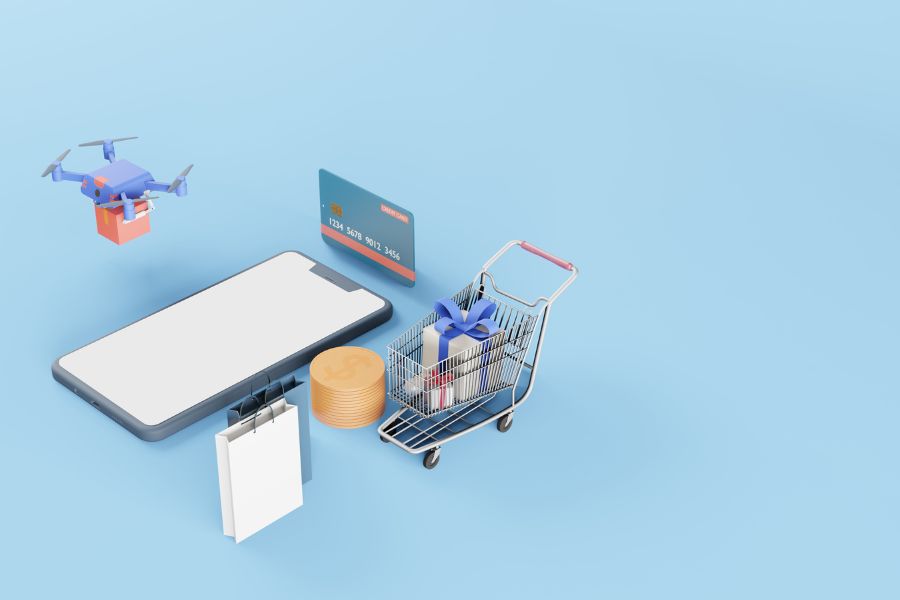In recent years, the eCommerce landscape has changed dramatically thanks to the rise of mobile users and advanced technology solutions. Besides, the Covid-19 pandemic has also contributed to the change in users’ online shopping habits. Now, the need for customers to buy and receive goods without leaving home is more essential than ever. Therefore, businesses must also quickly digitize and improve their e-commerce websites. In this article, we would like to introduce enterprise headless commerce and why you should change to that.
What is headless commerce?
Headless Commerce refers to e-commerce architectures in which the frontend is separated from the backend, linked together by an API (Application Programming Interface) that makes it easy for businesses to customize and update functionality without interfering with the user interface or CMS (Content Management System) pages.
The differences between headless and traditional commerce
The reason the enterprise headless commerce trend is increasing is that there is a difference between headless commerce and traditional commerce. This difference basically lies in the fact that headless commerce separates the presentation layer from the commerce layer while traditional commerce integrates those two layers. This limits the approach of optimizing and personalizing the consumer experience. At the same time, when businesses want to build user interface presentations, they must have templates that can be edited to some extent but are limited on how to customize the design. This is where headless commerce comes in to ensure that the customer’s shopping journey is seamless no matter what channel they’re using to access firms’ websites.
Headless commerce gives businesses more control over the user experience and streamlines the digital experience they provide to customers. Since the code is separate, enterprises can change the user interface on the fly and keep the backend systems separated.
Why enterprises change to headless commerce?
There are many reasons why enterprise headless commerce is gaining popularity. First of all, it is because of its scalability and flexibility to customize. As an enterprise, the tendency to expand is imperative. Therefore, the move to headless commerce helps them to launch many international websites to their customers because it has multi-regional capabilities and offers many different currencies from a single website. This is something a traditional commerce solution can not do or does but lacks the flexibility and customizability needed to deliver a seamless customer experience. Headless gave the company all of that along with full control over the content and the customer journey.
Enterprise headless commerce makes sense when it helps your business stay relevant as new channels and devices emerge as well as gain an edge over the competition. In addition, it also has advanced security, delivering content through APIs. This helps enterprises’ information and data to be communicated quickly and securely.
Commercetools is a headless commerce platform suitable for enterprises looking to transform. For a quick connection to the platform, the ConnectPOS system is one of the only POS systems that will make it easy for businesses to do so.
Conclusion
Enterprise headless commerce tendency is an inevitable trend of e-commerce development. It brings many benefits to users and experiencers. Contact us if your enterprise is looking to convert to headless commerce.
►►► See our products: Magento POS, BigCommerce POS, Shopify POS, Woocommerce POS, NetSuite POS, Commercetools POS, Customize POS, Customer Experience Solution and Next-Gen POS



